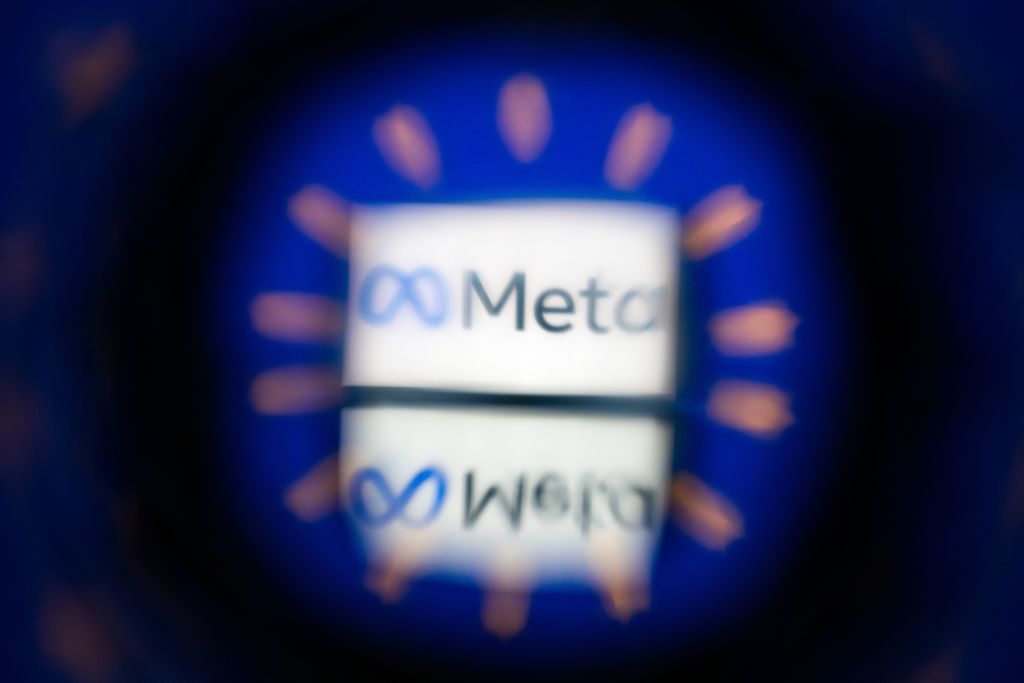UK Introduces New Royal Navy Asset “Proteus” for Enhanced Underwater Surveillance
The United Kingdom has recently unveiled the Royal Navy’s latest supporting asset, “Proteus,” which is expected to significantly enhance underwater surveillance in areas of UK sovereign interest. Operated by the Royal Fleet Auxiliary (RFA) of the Royal Navy, Proteus will serve as a launchpad for remotely operated vehicles and will house a suite of specialist capabilities similar to those found in the oil and gas industries.
Named after the Greek god of rivers and water, Proteus is the first of two ships in the Multi-Role Ocean Surveillance (MROS) program. It aims to advance science and technological development while safeguarding seabed telecommunications cables and oil and gas pipelines. The protection of undersea cables is crucial for the global economy and communications between governments, as submarine warfare poses a risk of sabotage to this infrastructure, which is considered an existential threat to the UK.
The unveiling ceremony took place in London on October 10, with the presence of RFA Commodore-in-Chief Prince Edward, The Duke of Edinburgh, and Akshata Murty, the sponsor of Proteus and wife of Prime Minister Rishi Sunak. The ship will be manned by a highly skilled crew of 26 Royal Fleet Auxiliary officers and sailors, supported by 60 Royal Navy specialists responsible for undersea surveillance, survey, and warfare systems.
Proteus, initially known as Topaz Tangaroa, underwent extensive innovation and conversion to become a highly specialized maritime powerhouse. Starting in January, the 6,000-ton ship was acquired by the UK government from Topaz Marine/P&O Maritime Logistics. It was originally an oil rig-support vessel designed for various underwater operations, including work on oil and gas rigs, construction, maintenance, inspection work, and survey and remotely operated vehicle operations.
The conversion process included equipping the ship with a large cargo deck measuring 1,000 square meters, a helipad, and a powerful crane for raising and lowering operations. Final testing took place in September, and after trials and training off Portland, Proteus sailed to London alongside the iconic wartime cruiser HMS Belfast for its service of dedication.
Commanding Officer Captain Martin Jones expressed his honor in bringing RFA Proteus to London for its official naming ceremony. Being berthed alongside HMS Belfast on the River Thames provides a unique opportunity to showcase the RFA to the public and allow the ship’s company to experience the sights and sounds of London.
Proteus is part of the UK’s effort to protect against maritime threats and understand maritime activities better. The second vessel in the MROS program is also expected to come into service by 2024. These ships will be equipped with advanced sensors and will carry remotely operated and autonomous undersea drones to collect data in UK and international waters, contributing to the protection of people and their livelihoods.
In conclusion, the introduction of Proteus marks a significant advancement in the United Kingdom’s underwater surveillance capabilities. With its state-of-the-art features and specialized capabilities, Proteus will play a crucial role in safeguarding UK sovereign interests and protecting vital undersea infrastructure.

I have over 10 years of experience in the cryptocurrency industry and I have been on the list of the top authors on LinkedIn for the past 5 years. I have a wealth of knowledge to share with my readers, and my goal is to help them navigate the ever-changing world of cryptocurrencies.







